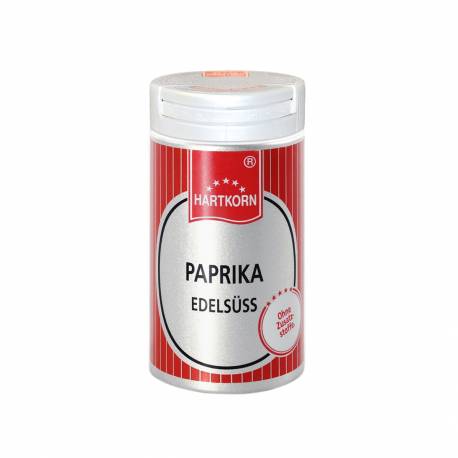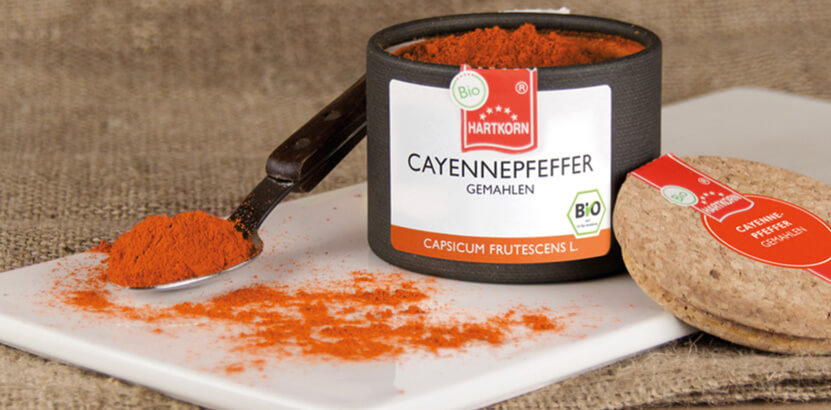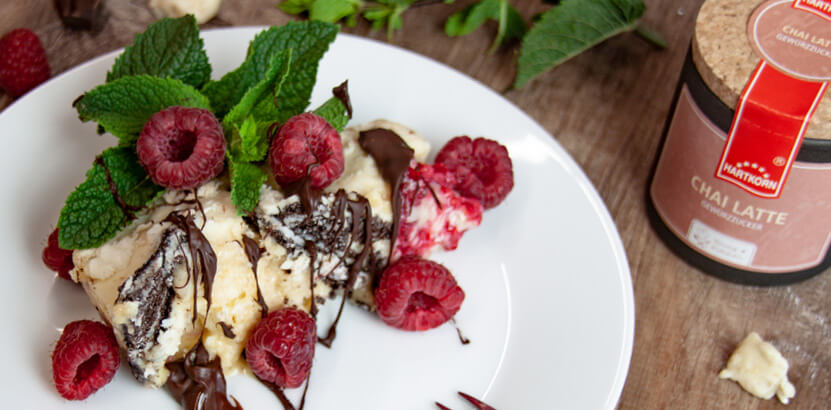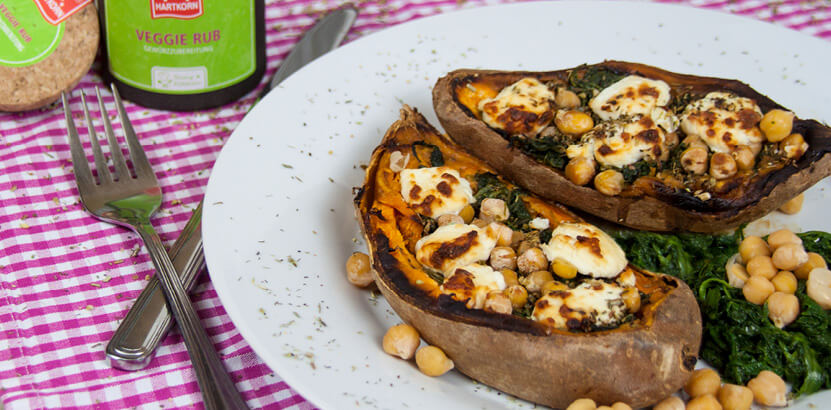Synonyms: Botanical family: origin: Classification: spice shape: flavor: odor: use: Paprika is characterized by a bright red color, which is determined by the capsanthin it contains. The pungency of the flavor comes from the alkaloid capsaicin, which is much more abundant in the seeds and septum than in the flesh. In addition, paprika has an exceptionally high vitamin C content. The Hungarians, who have been intensively involved in paprika cultivation for a long time, created 7 quality classes, of which the most common classes used by both the trade and consumers are listed below: Delicacy: vivid light or dark red, aromatic mild, sweetish fruity Noble sweet: not so vivid red, mild, only slightly hot aromatic, sweetish fruity Semi-sweet: dull red or more yellowish red, clearly pungent, very characteristic aromatic Roses: even less bright and pure in color than the semi-sweet quality, dark or yellowish light red, very pungent and characteristic aromatic Pungent: yellowish brown to reddish brown, very strongly pungent The gradations in color, pungency and aroma are achieved by the addition of ground seeds and septum to the mild-aromatic flesh in varying quantities. The Hungarian quality classes mentioned above have been adopted by some Eastern European countries. For peppers from Spain and some other origins, however, these variety differences do not apply. Paprika is one of the most versatile kitchen spices. It is used to season soups, sauces, meat dishes, poultry and salads with paprika and is also used in the production of various ketchups. Paprika is also contained in many sausage spice mixtures. tip: Recipe suggestion: knowledge: Botany: Home & Spread: cultivation & extraction: History: Peppers
General information
Application
Things to know
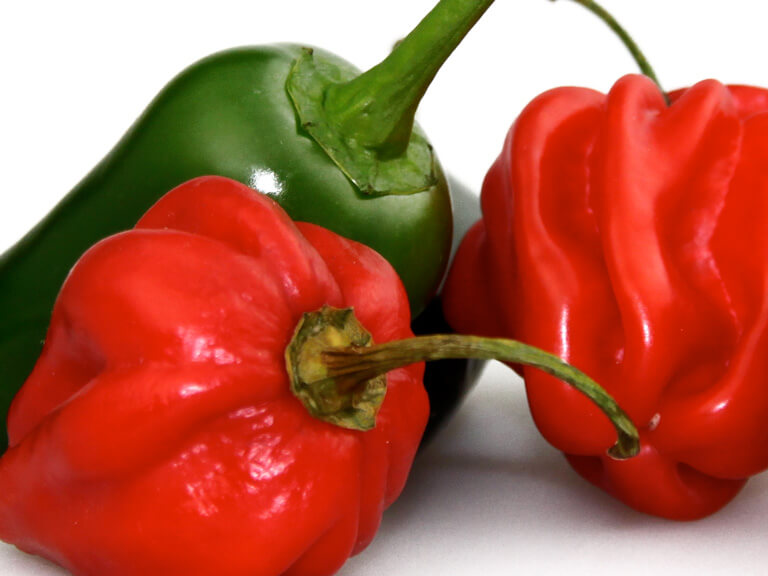 Botanical name:
Botanical name:
Capsicum annuum L.
sweet bell pepper, rose bell pepper, hot bell pepper
night plants
Hungary, Spain, Brazil, Bulgaria, Romania, former Yugoslavia
spice
fruit
depending on the variety mild, fruity, sweet to burning hot
odourless
Paprika cutlet, Szeged goulash, Serbian beef, beef, pork, lamb, poultry, soups, sauces, cheese and egg dishes
Add at the end of the cooking time, the milder the paprika the earlier you can season it
Cheese-Paprika Spread: Dice 1 onion, mix 200g camembert and 100g cream cheese. Add the onion and spice with salt, pepper, caraway and paprika. Finally, fold in chive rolls.
botany: Paprika noble sweet and paprika hot differs only in the degree of sharpness
The many varieties of paprika, rich in form, probably developed from a trunk form. They are very different in their appearance, size, shape, color and sharpness of their fruits. Capsicum annuum, the most cultivated species in the world, is an annual, herbaceous nightshade plant and grows about 60 to 100 cm high. It has medium to dark green, broadly lanceolate, pointed leaves on bushy branches. From the upper leaf axils sprout yellowish white, star-shaped flowers (similar to those of potato or tomato plants). They develop into oblong, conical or conical, smooth, shiny, bright red and not very fleshy berry fruits, which are between 6 and 12 cm long and up to 4 cm wide. Inside, on the basal part of the hollow fruit and on the frequent partitions, there are small, disc-shaped, light yellow seeds.
The subtropical and tropical America is the home of the bell pepper stem. Its cultivated varieties are now native to all warmer countries and many places in the temperate zones. The most important growing areas are found in Hungary, Romania, Bulgaria, Yugoslavia, Greece, Italy, Southern France and Spain. But peppers are also cultivated in India, in East Asia and in the southern USA.
Paprika is very well suited for large-scale cultivation in the field. The warmth-loving plant is grown from seeds in greenhouses at a very early stage and the young plants are put outdoors when they are strong enough. Since the fruits ripen at different times, harvesting takes several weeks and is therefore also done manually. After picking, the fruits, often erroneously called pods, are pulled up on strings and left to dry in the sun for about 3 to 4 weeks. Afterwards the fruits are taken to the mill.
With the end of Christopher Columbus' second journey, the first descriptions of "Indian pepper" came to Europe. Not long after that the first seedlings followed. The plants were first admired in royal gardens as exotic ornaments, but were later cultivated as a spice in horticulture. Particularly from Sardinia, bell pepper cultivation spread over the entire Mediterranean area and from there further east. In Hungary, finally, the final cultivation took place in centuries of work through methodical selection and grafting of the cultivated plants, they are also called "the red gold" there. Until today Hungary has kept its importance for the cultivation of paprika.
http://de.wikipedia.org/wiki/Paprika

